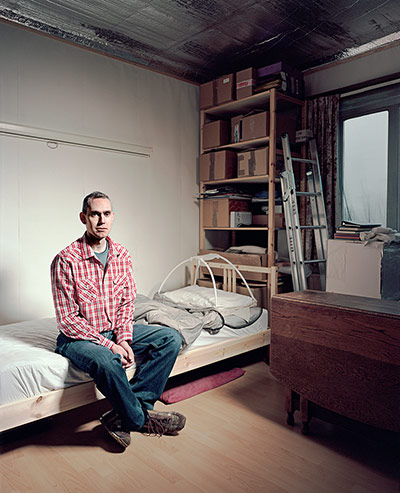
Tim is a science and history of art graduate from Cambridge University. He has insulated his bedroom and has fitted foil on the walls, under the floor and on the ceiling. He sleeps in a custom-made silver-coated sleeping bag every night, which helps block out electromagnetic fields. Tim can’t work in an office environment and the condition has severely impacted his career aspirations. He currently drives a supermarket delivery van. 'Where I'm living now, it's not a great situation,' he says. 'I'm lucky that the shielding worked to a large degree. But I would love to live somewhere I didn't have to live in a metal box and sleep in a bag, where I could go to a cafe and see my friends, go to the cinema – all those things that people take for granted.' Photograph: Thomas Ball
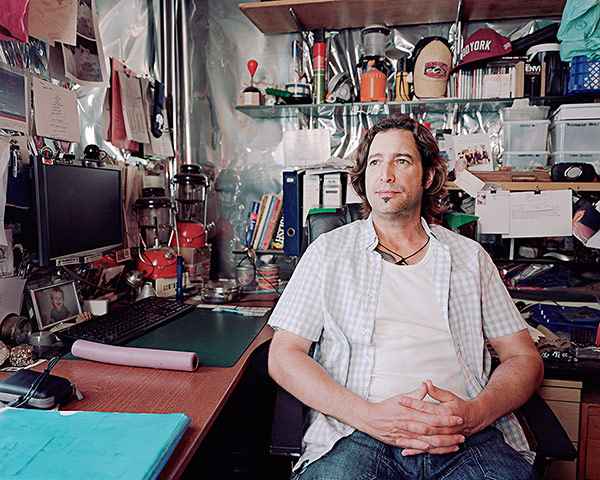
Damian is a cabinet maker and runs a property-maintenance business. He discovered he suffered from electrosensitivity after buying a Nintendo Wii for his family for Christmas. It triggered severe headaches and body pains. His electrosensitivity has made it very difficult for him to run his company, because he finds it painful to work in areas with Wi-Fi or mobile phones. He has turned off everything wireless in his home, has insulated his office and is campaigning to have Wi-Fi removed from his son’s school Photograph: Thomas Ball

Eileen lived 100m from a mobile phone mast for many years in Wishaw. She experienced many symptoms typical of electrosensitivity, but could not work out the cause. When she was diagnosed with breast cancer aged 38 and discovered that a number of her neighbours had similar symptoms and cancers, she became part of a very public campaign to have the mast removed. She is a director for The Radiation Research Trust charity and works with the International EMF Alliance. 'It's heartbreaking to see people who are not getting support at the family,' she says. 'It's awful. It's a double insult, really – not only are you suffering with this terrible condition, but then you've got people who think you're going crazy at the same time.' Photograph: Thomas Ball

In 2008, when Chris moved into his own flat, he quickly became ill and suffered headaches, body pains and insomnia. He attributed this to exposure to Wi-Fi, which he had never lived with before. His family found it hard to understand the condition, especially when he wore a tin foil hat at home and stopped work as a stone mason. His mother sent him to a psychologist for help, and he was placed on heavy medication and sent to a psychiatric ward against his will. 'There were questions coming everywhere, they were putting words into my mouth. They were saying, "You know this isn't real, don't you?" I got dragged away to a psychiatric ward with people who have serious mental conditions.' He sought help from the charity Electrosensitivity UK and was later released. He now lives on his own and has made various attempts to shield his home from electromagnetic fields with carbon paint and aluminium foil. Photograph: Thomas Ball

Erica worked as an emergency medical doctor for 12 years in trauma rooms across the UK and abroad. In 2008 she became interested in radiation research and is now a medical advisor for the charity Electrosensitivity UK. She advises EHS sufferers on how to improve their health, and in serious cases has given refuge at her rural home to people needing to escape their home environments. 'It's very uncharted territory in terms of what exactly EHS is, and how many people it's affected. My own personal instinct is just like with so many other things we see in life, it's a bit of a bell-shaped curve. You've got some people who show almost no reaction whatsoever to an EMF challenge, and others you would say have EHS, who are at the other side of that curve, and their life is utterly turned upside down by it, given the modern world. Most people will probably fall somewhere in between.' Photograph: Thomas Ball

Clare worked as a computer programmer for nine years and then retrained as a complementary therapist. When her family moved into a new house in Devon, she began suffering from insomnia and heart palpitations, which she attributed to a mobile phone and Tetra* mast very close by. They have since insulated their home at great expense with carbon paint and specialist windows.
* Tetra - Terrestrial Trunked Radio – is a powerful two-way radio system primarily used by the emergency services Photograph: Thomas Ball

Hannah suffered from psoriasis as a child and started sun bed treatment at the age of nine to help clear up her skin. In her late 20s, she started developing severe migraines and fatigue when working in offices with fluorescent lights. She always felt discomfort when using a mobile phone. The severity of her symptoms got worse when she later discovered a sensitivity to Wi-Fi. She gave up her job as a trainee criminal solicitor in 2010 and now lives with her husband and two children on a farm in Kent. 'When I realised that Wi-Fi was making me ill, I also turned off the digital phone, so [there] was nothing wireless in the house. I went from feeling like this sluggish person to feeling so vibrant and alive, with so much energy. It's just amazing to feel well.' Photograph: Thomas Ball

Freda’s first symptoms of electrosensitivity began in 1999 while using computers and CRT monitors at school. The condition became so severe that she had to give up her job. She is now also affected by mobile phones and Wi-Fi, and spends extended periods of time away in her ‘lifeboat van’ so she can escape the electromagnetic fields at home Photograph: Thomas Ball
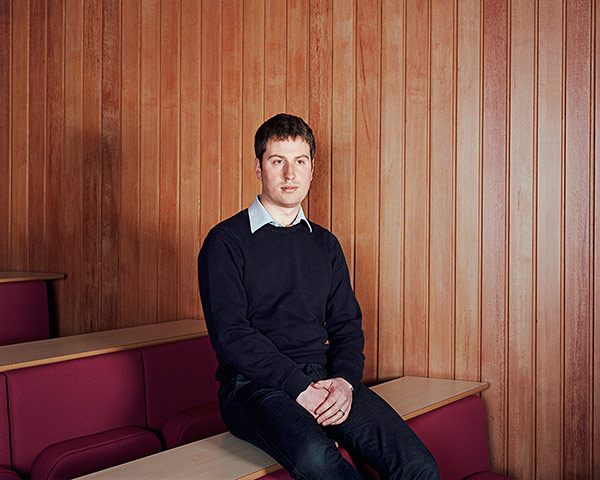
James has carried out provocation studies on people who report to suffer from electrosensitivity. 'There was no evidence that it was the electromagnetic field per se that was causing the symptoms. Instead, it was something to do with believing that you were being exposed that was responsible for the symptoms' Photograph: Thomas Ball

When she developed unexplained headaches, tinnitus, heart palpitations and insomnia, she and her GPs were at a loss as to the cause. After months of research, she finally attributed her symptoms to a new neighbour who had set up Wi-Fi next door Photograph: Thomas Ball
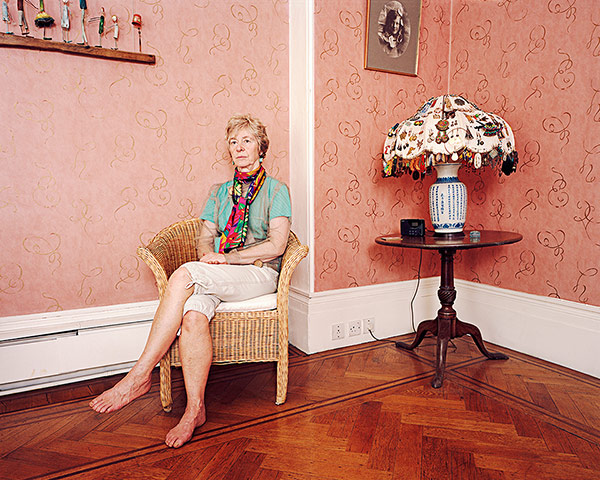
Michelle has run a series of magazines and websites for 20 years, covering issues related to food allergy and intolerance. Her electrosensitivity began after heavy use of mobile phones and CRT computer monitors for work. She is now also affected by Wi-Fi and has insulated much of her home. She is photographed wearing a jacket made from a silver-coated material that reduces the strength of electromagnetic fields Photograph: Thomas Ball
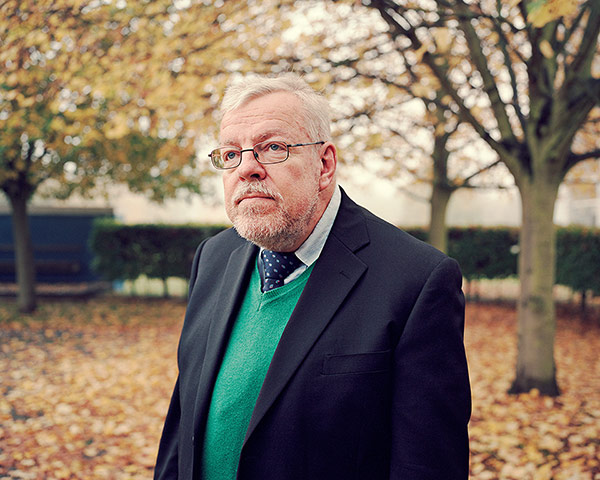
'From the very beginning, it was said that this was just a post-menopausal problem in women. Then men started to report electro hypersensitivity, and the self-proclaimed experts said it's actually only elderly [people], because they are afraid of new technology. We then started to get children and teenagers and young people, and they rolled out a new explanation, which was that it's actually people with higher education. And it went on like this. But today you can see that any political colour, any income class, both sexes, all age groups, are affected' Photograph: Thomas Ball
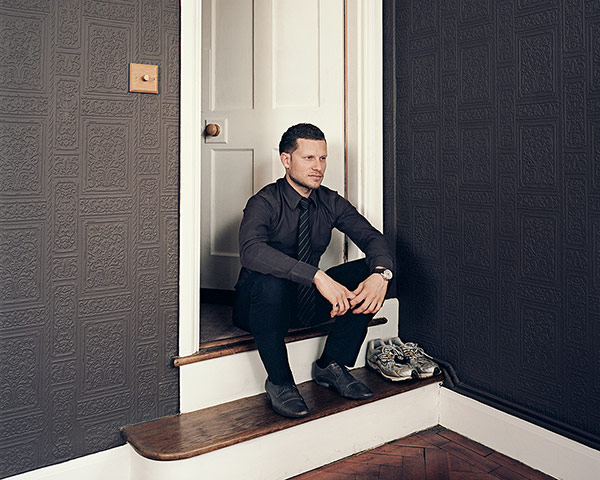
In 2004, while working for a telecommunications company in Kuala Lumpur, Raphael noticed that he was developing pains in his arms and hands every time he worked on his laptop. His symptoms got worse and he began getting headaches and heart palpitations when using his mobile for only a few minutes, and this progressed to almost immediate pain when he brought the phone near his head. He decided to stop using his mobile altogether and left his job. He is now a teacher. 'When you spend a minute on the phone and get palpitations, you know you have to do something about it. I remember one day turning [over] a piece of paper and writing in the middle of the page, "Jobs without a mobile phone." I had to change everything' Photograph: Thomas Ball
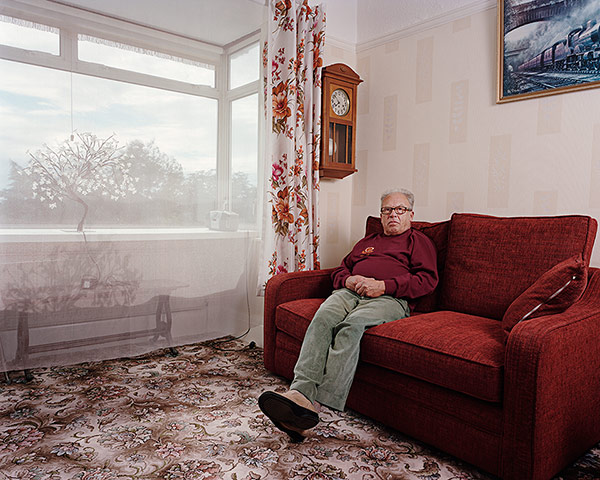
When Ray started developing severe fatigue and body pains in his late 40s, he initially thought he had developed ME. After eight years of analysing his symptoms, he concluded that he was, in fact, suffering from electrosensitivity. He is photographed in his sitting room, where he has fitted a silver-coated netting over the window that reduces the strength of electromagnetic fields Photograph: Thomas Ball
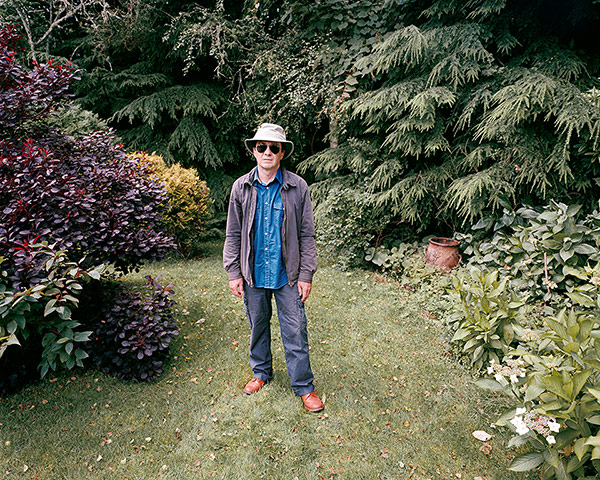
Steve is a successful record producer. His electrosensitivity to Wi-Fi and mobile phones has forced him radically to change his lifestyle and to give up touring almost entirely. 'I went to see a friend in Falmouth and he's surrounded by student flats and Wi-Fi coming in from all directions. I put up with it for a while because I thought, 'I'm being rude, there's something other than this, something's wrong with me'. By the time I actually managed to leave, I staggered out of the building, couldn't drive for an hour – I didn't feel safe to drive – and then felt rotten for next two days. It was at that point I spoke to a GP about it and he said you're probably electrosensitive to pulsed microwave radiation, which is, wireless, phone masts, mobile phones, cordless phones' Photograph: Thomas Ball

